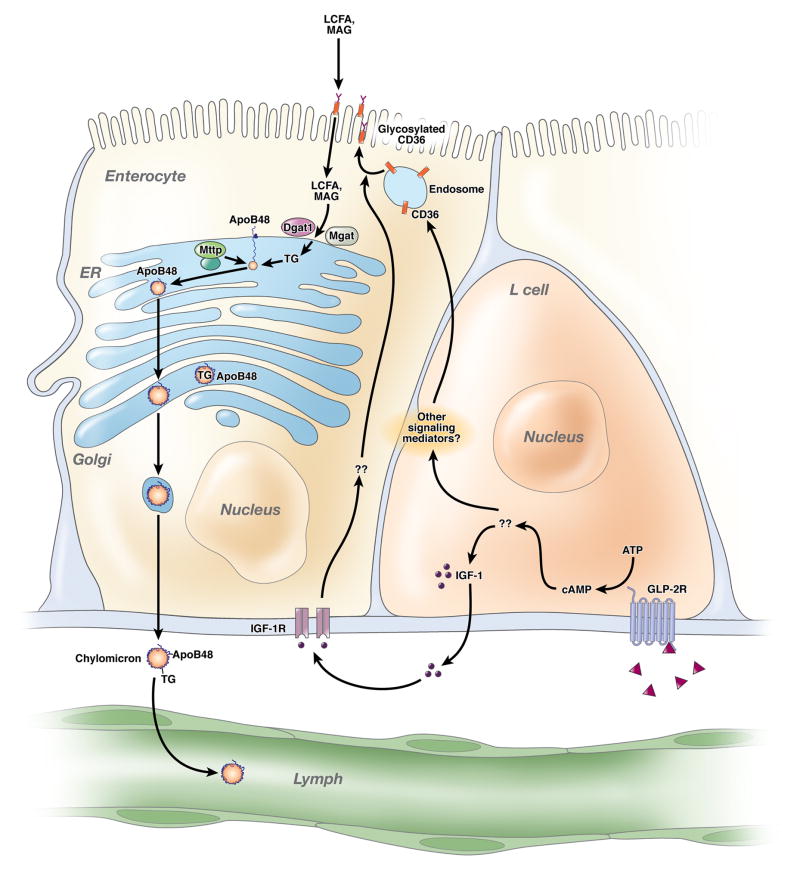Figure 1. GLP2 enhances intestinal lipid absorption, but how?
Glucagon like peptide 2 (triangles) binds its receptor (GLP-2R) on intestinal L cells, generating mediators including insulin-like growth factor 1 (IGF-1) which signals via IGF-1 receptors (IGF-1R) on epithelial cells. These various signals promote CD36 glycosylation, in turn altering epithelial long chain fatty acid (LCFA) and monoacylglycerol (MAG) processing into triglyceride (TG) via diacylglycerol acyltransferase 1 (Dgat1) and monoacylglycerol acyltransferase (Mgat). The rate-limiting step in chylomicron formation is fusion of nascent apolipoprotein B48 (apoB48) with the luminal endoplasmic reticulum (ER) chaperone microsomal triglyceride transfer protein (Mttp). GLP-2 mediated enhancement of intestinal lipid transport was attenuated in Cd36 −/− mice, but further work is required to define the mechanisms involved.

